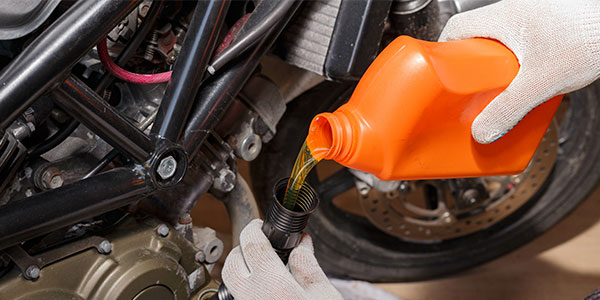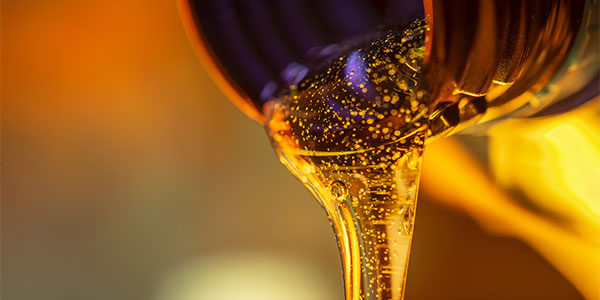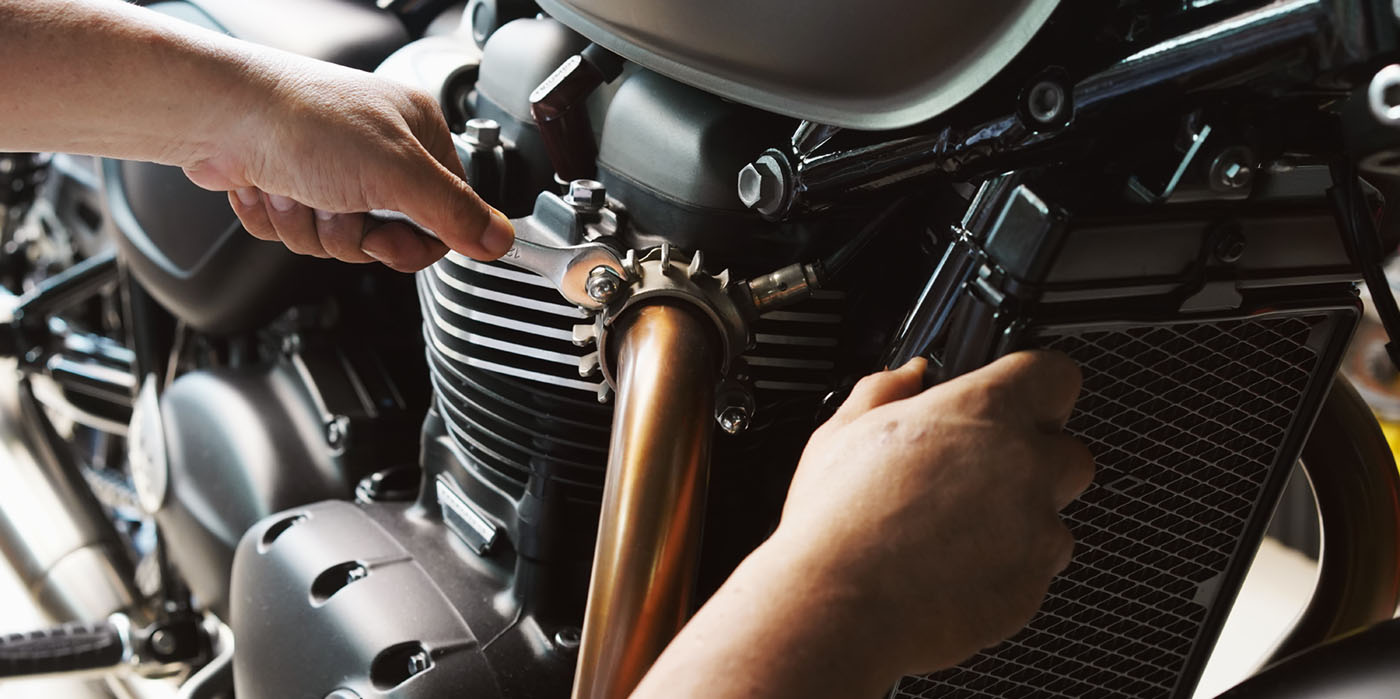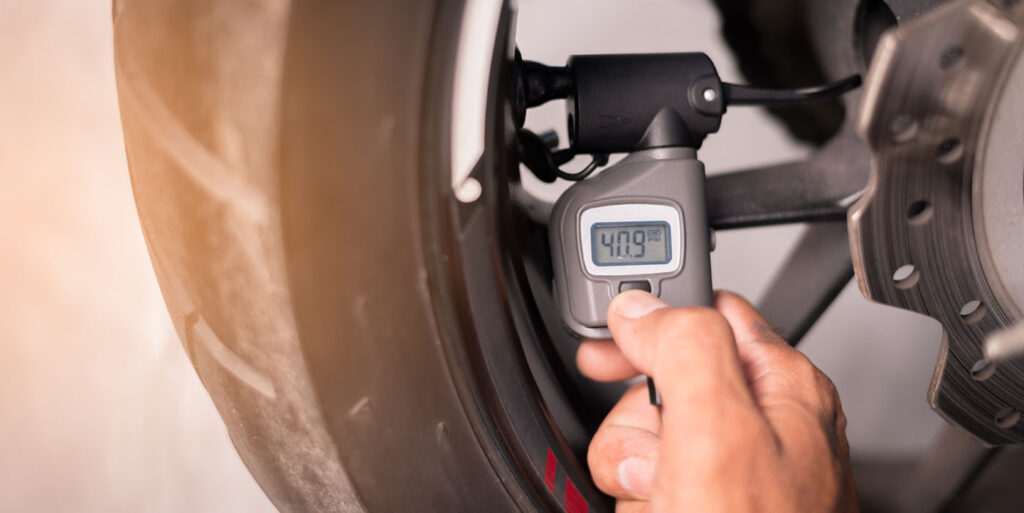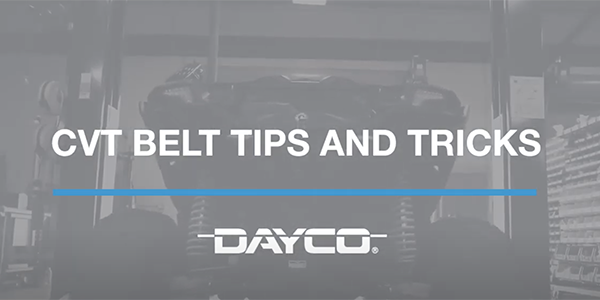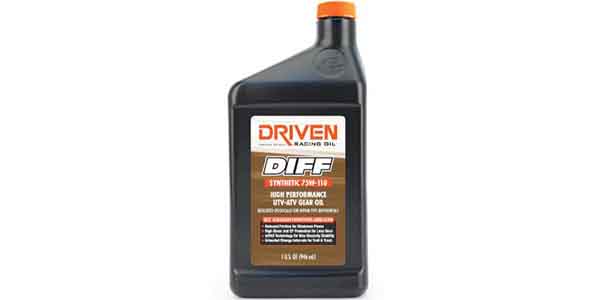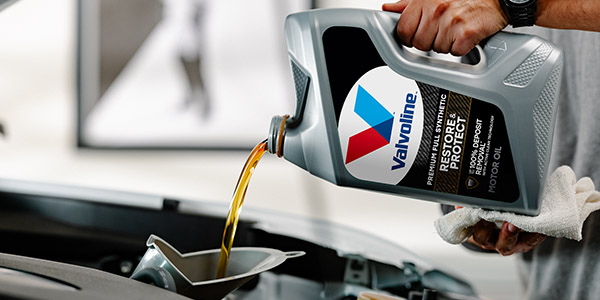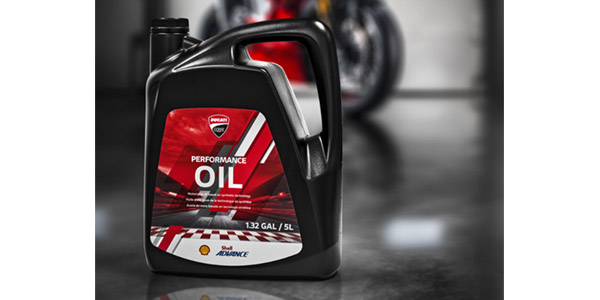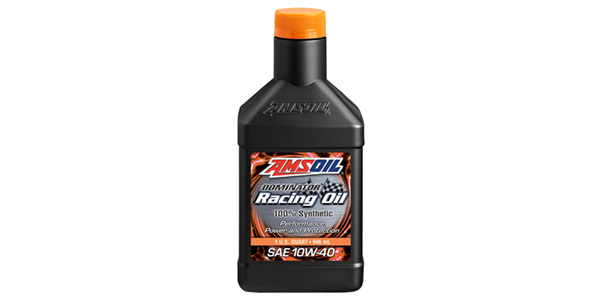Any time a subject such as this comes up, a lot of different terminology gets thrown around. The problem with all that terminology is that it can throw off the goal of simply understanding the topic. We’ll sort through it and take a look at the important points on powersport lubricants.
The most commonly recognized fossil fuels are petroleum crude oil, coal and natural gas. Because of their original origin within the remains of living organisms, they are often referred to as “Dino” fuels. You will also hear petroleum crude oil referred to as mineral oil.
Mineral oils, by definition, are oils from fossil origin, so the terminology is correct. It becomes confusing because there are so many different types of mineral oil, including those that are used in food and cosmetics. The difference with the latter is they are highly purified, but ultimately come from the same source.
Every type of engine oil, whether it be for powersports or automotive, racing or street, starts with one of the following five groups of base oils.
Group 1 base oil is refined from petroleum crude oil. It is solvent refined, which is one of the simpler refining processes, making it the least expensive base oil.
Group 2 base oil is again refined from petroleum crude oil, yet, done so using a hydrocracking process. This is a more advanced refining process and the result is an oil that is clearer in color and offers better antioxidation properties than group 1 base oil.
Group 3 base oil, the last of the refined petroleum crude oil, goes through a much longer refining process of severe hydrocracking, which uses higher pressure and heat and produces a purer base oil than group 1 or 2.
An interesting fact about group 3 base oil is that several oil companies developed an advanced high-level process of refining, resulting in an extremely high-quality product. The process, which included catalytic conversion of crude oil, improved and altered the properties of the crude enough to where these same companies began to classify the product as synthetic oil.
The properties of it were so close to that of group 4 base oil, the first true synthetic in the list, that during a lawsuit claiming false advertising, the U.S. court system sided with manufacturers of group 3 “synthetics,” and they can now legally, from a marketing standpoint, call it synthetic oil, even though it is derived from crude.
Group 4 base oils are polyalphaolefins (PAOs). These are true synthetic oils, made through a process of polymerizing an alfa-olefin molecule like ethylene. Synthetic oil is simply a man-made product synthesized from different chemical compounds. Of course, an in-depth understanding of chemistry can put an easier spin on synthetics, but it’s the advantages that are most important to us. They have a much wider temperature range than group 1-3 base oils and outperform them in extreme cold and high-heat applications.
Group 5 base oils are known as esters. They are also true synthetics and a number of different formulations fall into this category, including phosphate ester, polyalkylene glycol (PAG) and polyolester.
Group four and five base oils are both fully synthetic, but the different types of ester oils numbers in the thousands. The advantage is that an ester can be chosen that ultimately works best as the base for a specific formulation designed for a specific application. As a result, the highest level of oil performance comes from formulations that utilize ester base synthetics.
Since the ingredients are not available in the same volume as crude oil and are proportionately synthesized in small quantities, these synthetic oils are the most expensive.
What’s in the bottle
When an oil is engineered for any application, it all starts with a base oil. The base oil is then blended with additives for a specific use and the formulated oil is packaged and distributed for sale to consumers.
It’s not uncommon for people to ask if engine oil for a car and engine oil for a motorcycle is different. It’s a logical question. The answer is yes, and the primary reason is that in a car, the engine, transmission and differential are all separate components, each with their own specified oil type and lubrication system, so the engine oil only needs to focus on the engine. On a motorcycle, everything is housed together as one and the engine, wet clutch and gear box all share the same oil circulated from the same sump. Motorcycle oil has many more jobs to do.
Perhaps the most important factor in powersports oil is that it is application specific between off-road, on-road, racing or street riding. When you consider the different aspects of the different types of riding, the reason for different formulations makes more sense.
A racing motorcycle, for example, is going to run non-stop at a high temperature for the entirety of the race. A street bike goes through continuous cycles of cold to hot and hot to cold, with the amount of traffic affecting the temperature as well. The oil must be designed to function within the expected temperature range of the application.
On-road versus off-road riding introduces completely different stress factors on clutches and gearboxes. Off-road oils are designed with completely different amounts of friction modifiers to meet the needs of the clutch and gearbox when they are under constant strain from off-road, unpredictable and high-traction situations.
Anti-foaming additives are another aspect of powersports oils and the formulations differ, once again, due to the nature of riding. Street bikes constantly lean back and forth. Off-road bikes and ATVs/UTVs are bounced around, jumped and jostled, and personal watercraft (PWC) are almost a combination of all of it. All this motion, combined with the internal action of the clutch and gears, can easily cause oil to aerate.
When the oil is aerated, two things can happen, and neither is good. One, the engine will run hotter. Oil absorbs and transmits heat, whereas air is an insulator and will not transmit heat.
Two, you will lose oil pressure. Oil pumps are designed to move liquid, not air. The normal chemical properties of oil do not combat aeration quickly and it can spell disaster. Powersports oil contains specific additives that weaken the bubbles created during aeration, allowing them to break and release the air from the oil.
Modern powersports oil is also chemically formulated so it will not damage oxygen sensors, catalytic converters or fuel systems. For classic or vintage bikes, oil is formulated with a high level of ZDDP or Zinc, as it’s often referred to.
ZDDP is an additive to oil to give it excellent extreme-pressure protection. It is well-known in both the automotive and powersports industries, primarily where flat-tappet camshafts are used in older engines.
ZDDP used to be a common oil additive, but it is not catalytic converter friendly, so it has been eliminated from modern oil. Since too much can be just as harmful as not enough (it has been associated with spark plug fouling and valve deposits), it’s important to use an oil that already has ZDDP or be sure to use the proper amount when using a stand-alone additive.
Oils and lubricants can easily be a complicated subject, but luckily oil manufacturers do the work for us and formulate the oils that we need for all aspects of powersports. It’s nice to have a deeper understanding of all of it, but if we forget something, all we have to do is read the bottle… or ask us!

